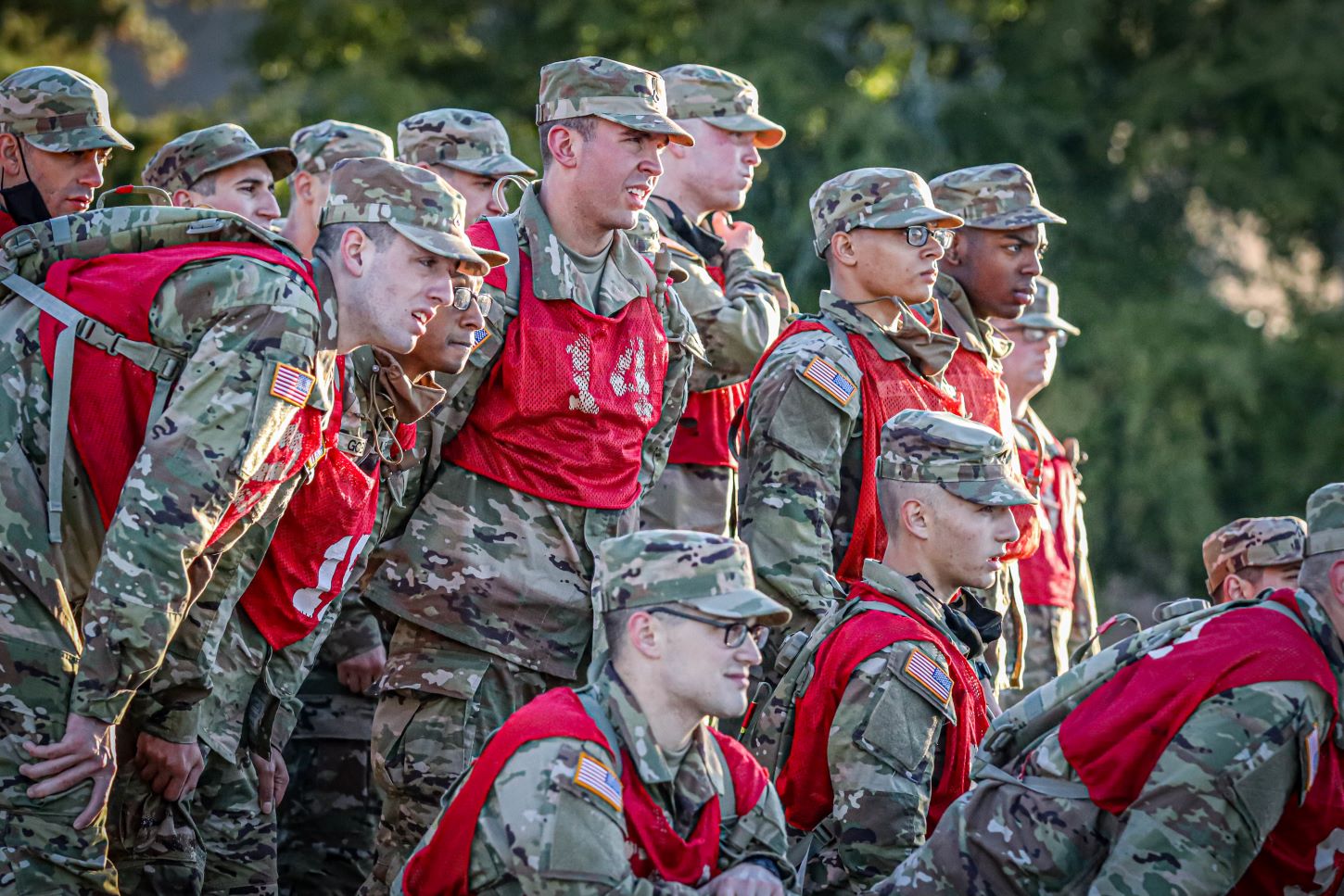Basic Training recruits sustaining an alarming volume of injuries
The Progress in Cardiovascular Diseases medical journal has reported that during basic training, Army recruits are being injured at a concerning rate.

The diminishing physical fitness of new recruits has been a source of increasing apprehension for Army planners in recent times. Research conducted by the National Library of Medicine reveals that participation in high school sports has reduced, and childhood obesity rates have escalated to “epidemic levels.”
The study revealed that 34% of the Army’s 99,335 trainees in 2017 sustained at least one musculoskeletal injury. The injuries have cost the government millions of dollars to rehabilitate the injured soldiers or pay them disability compensation.
RECRUITS: Especially from the South, Are Getting Injured at Alarming Rates in Basic Training pic.twitter.com/t9O5XpHvo8
— SEGAMI (@segamihcfund) April 5, 2023
The study found that half of the injuries were sustained by recruits from eight Southern states, namely Louisiana, Mississippi, Alabama, Florida, Georgia, South Carolina, Tennessee, and North Carolina. These states contribute the most Army recruits compared to each state’s general population of young adults. Researchers have attributed the high prevalence of obesity in the South to a slew of factors, including restrictions on access to health care, high-quality fitness facilities, and healthy food.
The declining physical fitness of new Army recruits has become a growing concern for Army planners in recent years. Participation in high school sports has dropped, while childhood obesity rates have reached “epidemic levels,” according to research from the National Library of Medicine.
The ACFT was implemented partly as a means to reduce injuries. Soldiers must pass the test every year to continue service, with high scores often enhancing promotion opportunities. However, the test has little impact on basic training injuries, with new recruits coming straight from civilian life.
Krista Osborne, the Army’s 2022 drill sergeant, has identified health as a key factor in the recruiting struggles of enlistees in the Army. The Army has implemented a 90-day pre-basic training course for applicants up to 6% over the service’s body fat limit, which requires healthier eating and is twice a day. As a result, 90% of those students graduate and move on to basic training.
Army leaders, particularly Gen. James McConville, have vowed not to lower any standards for service, though other branches are starting to retreat from previous fitness and body fat standards. The Air Force recently announced that it is dramatically loosening body fat percentage restrictions, allowing up to 26% body fat for men from a previous threshold of 20%, and up to 36% for women from 30%.
The high injury rate among Army recruits during basic training is a growing concern that needs to be addressed urgently. The Army must find ways to improve the fitness levels of new recruits and reduce the prevalence of obesity among potential applicants. Otherwise, the government will continue to incur millions of dollars in rehabilitation costs and disability compensation for injured soldiers.






.jpg)
Conversation